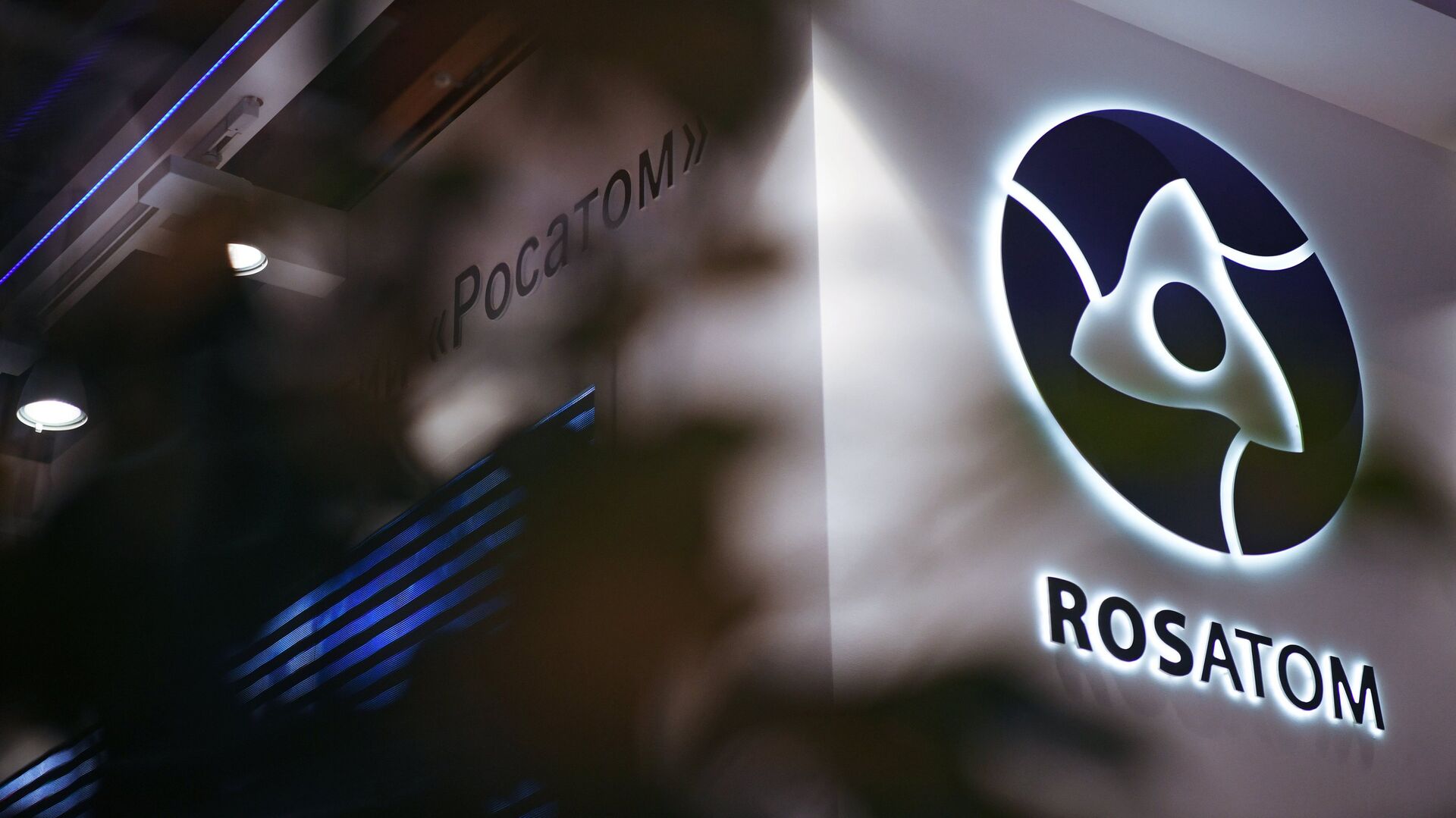
< br />
MOSCOW, January 31 Scientists of the state corporation «Rosatom» have developed equipment to create a technology for the production of the valuable isotope nitrogen-15, the use of which will increase the efficiency of nuclear fast neutron reactor fuel required for the development of nuclear energy, the press service of the TVEL company (fuel division of Rosatom) reported.
Experts have created an enlarged laboratory bench to study the separation of nitrogen isotopes in two-phase gas-liquid systems. “Mastering the technology for separating the isotope in tonnage quantities will make it possible to organize in the Rosatom fuel division the industrial production of the nitrogen-15 isotope, which is of great value for the development of innovative solutions in the nuclear fuel cycle,” the message explains.
The work was carried out as part of a project to develop industrial technology for the separation of nitrogen isotopes. The enlarged stand allows you to evaluate and compare the effectiveness of using various working systems to select the optimal solution.
The nitrogen-15 isotope is a promising component for high-density mixed nitride uranium-plutonium fuel (SNUP-fuel). Such fuel is supposed to be used in fast neutron reactors and, above all, in the innovative fourth-generation reactor unit BREST-OD-300, which is being built at the Siberian Chemical Plant of Rosatom in Seversk, Tomsk Region, as part of the strategic industry project “Breakthrough”.
According to Rosatom scientists, such fuel, which uses nitrogen-15 instead of natural nitrogen, will have a number of advantages. The nitrogen-15 isotope is unique in that it practically does not absorb neutrons, so its use will improve the neutron balance of the reactor core. Experts also expect a radical reduction in the amount of radioactive carbon-14 produced in the reactor, as well as a reduction in the so-called fuel load. The fact is that the isotopic composition of natural nitrogen is dominated by nitrogen-14, therefore, due to the absorption of neutrons in the reactor core load, more fissile material is required to maintain the chain reaction. Since nitrogen-15 does not absorb neutrons, during the combustion of nuclear fuel the concentration of neutrons will be higher, which means that less fuel material will be required. Thus, the introduction of nitrogen-15 will ultimately help reduce the production of radioactive isotopes in the reactor core, as well as increase the efficiency of nuclear fuel operation.
The Breakthrough project is aimed at creating a new technological platform for the nuclear industry with a closed nuclear fuel cycle (CNFC) and solving the problems of spent nuclear fuel and radioactive waste. The new competitive product should ensure leadership of advanced Russian technologies in the global nuclear energy industry.
The experimental demonstration energy complex, being built at the Siberian Chemical Combine site, embodies the new quality of nuclear generation of the future — unprecedentedly safe, without accidents like Chernobyl and Fukushima, environmentally friendly, resource-saving and competitive. The complex design makes it possible to completely close the nuclear fuel cycle on an industrial scale. The basis of the complex will be a 300 MW power unit with a BREST-OD-300 fast neutron reactor with lead coolant.
Thanks to the CNFC, the reproduction of nuclear “fuel”, plutonium, is expanding, and the fuel base of nuclear energy is significantly increasing, eliminating the need to mine natural uranium in large volumes. It will also be possible to reduce the amount and biological danger of radioactive waste remaining after the reprocessing of spent nuclear fuel (SNF): the most dangerous radionuclides (the so-called minor actinides) are planned to be “burned out” in fast neutron reactors. In this way, it will be possible, as nuclear scientists figuratively say, to “remove two key thorns” of the current nuclear energy industry, related to the limited reserves of natural uranium and the deferred problem of spent nuclear fuel.


























































Свежие комментарии